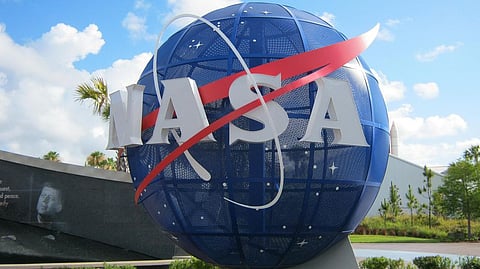
- Home
- न्यूजग्राम
- India
- World
- Politics
- Entertainment
- Culture
- Lifestyle
- Economy
- Sports
- Sp. Coverage
- Misc.
- NewsGram Exclusive
- Jobs / Internships

Besides over two weeks of scientific operations, NASA Mars Curiosity rover has conducted its longest drive since experiencing a memory anomaly two months ago, pushing its total odometry to over 20 kilometers.
The rover is now located at the Red Planet's Lake Orcadie, a site where NASA previously attempted to drill into the grey rock.
NASA had previously attempted to get rock samples using Curiosity's drill at these sites. However, the rover's instrument did not penetrate far enough into the bedrock to generate sufficient samples.
On Tuesday, Curiosity made a 60-metre trip to this old site.
With this latest drive, the Curiosity mission is back to business, NASA said in a statement, adding that the next drilling event will take place some time later this week.
"At this point, we're confident we'll be getting back to full operations, but it's too early to say how soon," said Steven Lee of JPL, Curiosity's deputy project manager.
On Tuesday, Curiosity made a 60-metre trip to this old site. Flickr
Working on memory anomaly issue, engineers at NASA's Jet Propulsion Laboratory (JPL) in California had commanded the rover to switch to its second computer called the Side-A computer.
The switch will enable engineers conduct a detailed diagnosis of a technical issue that has prevented the rover's active computer (Side B) from storing scienctific and some key engineering data since September 15, NASA said.
"We are operating on Side A starting today, but it could take us time to fully understand the root cause of the issue and devise workarounds for the memory on Side B.
The computer swap will allow data and event records to be stored on the Side-A computer.
"We spent the last week checking out Side A and preparing it for the swap," Lee said.
"It's certainly possible to run the mission on the Side-A computer if we really need to. But our plan is to switch back to Side B as soon as we can fix the problem to utilise its larger memory size." (IANS)
